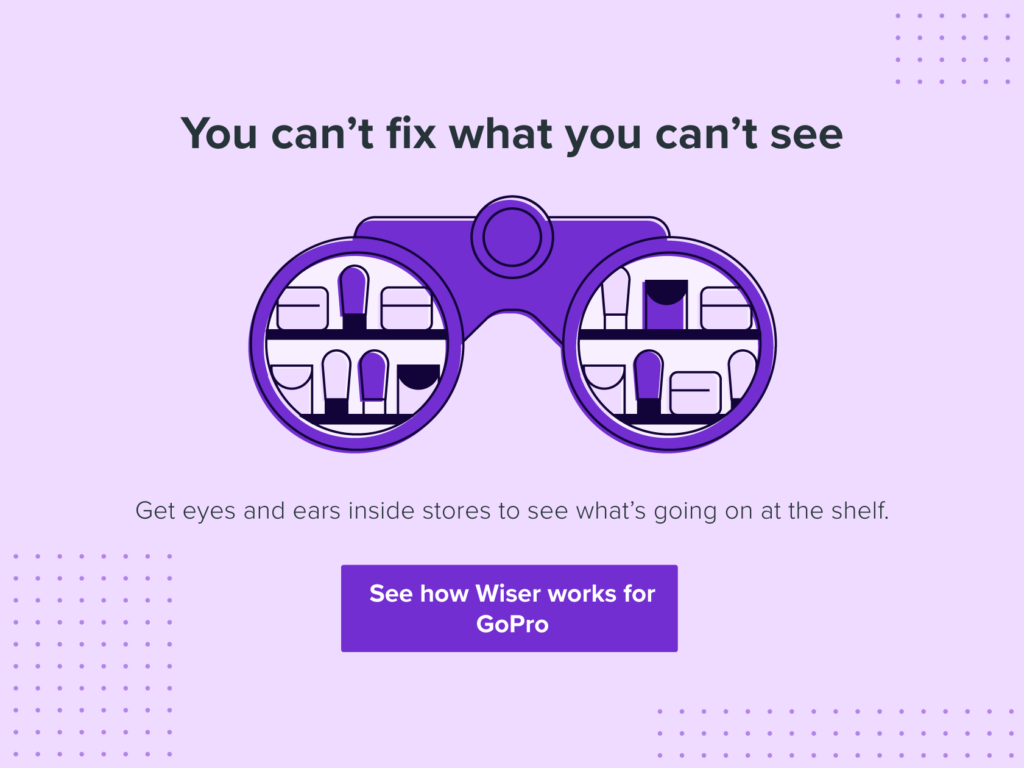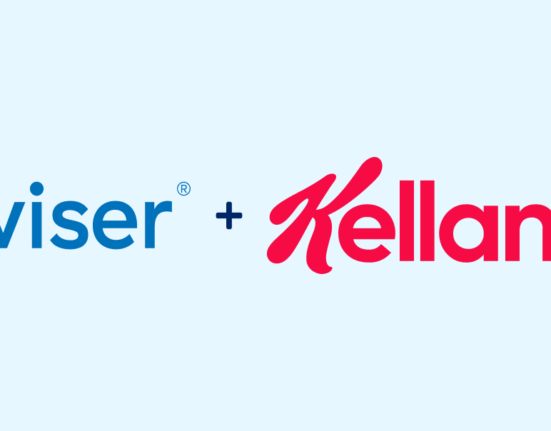Does this sound familiar? Sales in one of your retailers are down year-over-year, but steady or up with your other partners. This is a common, yet incredibly frustrating, challenge. What happened to make sales decrease in Walmart, but not Target? You shipped the same products, ran the same merchandising campaigns. All things being equal, sales should be roughly similar across regions, right?
Of course, all things were not equal. A perhaps-uncommon culprit of these odd swings in sales figures is defective packaging. It’s always a possibility that your products made it to the shelf in less-than-ideal condition. This can have a massive, if hard to detect, impact on sales. Shoppers will be more likely to purchase a competitor if goods appear damaged, and any long-term issues can have a detrimental effect on brand perception.
Therefore, the big question is whether defective packaging is losing you sales. Let’s look at two case studies from Wiser Solutions customers, as well as a few tips to get ahead of any defective packaging issues before they hurt your brand.
Case Study No. 1: Snack Food Brand
First up is one of Wiser’s customers in the snack food space. The red flag for this brand was that sales were down year-over-year in one retailer compared to others. After some digging, they uncovered that quality assurance issues in their plant caused some product packaging to become discolored. The retailer with lower sales was the recipient of most of the defective units. Related, sales were actually up in other stores, demonstrating that the issues weren’t necessarily with the product, marketing, or pricing. It became clear that it was defective packaging that was the problem.
The Solution
There were a few issues to solve here. First, the QA problem at the plant had to get fixed. Defective products had to be caught earlier and the root cause of the defect addressed. Second, the defective products were out in the wild already. The brand was taking a hit the longer those items stayed on the shelf; they would be there for a while, too, since it was already evident that the damaged goods weren’t selling as well. So, fix the QA issue, get the defective goods off the shelf.
What we did to help was employ our network of mystery shoppers. They could go into target locations to identify whether any defective products were on the shelf, and also buy those items (then be reimbursed) to get the inventory to turn over more quickly. An added benefit would be that the sales from these shoppers would get the overall numbers more in line with performance at other stores, further rationalizing the retailer’s decision to stock this brand in the first place.
Case Study No. 2: Beverage Brand
The second case study is from a beverage brand. Like the first example, the culprit proved to be defective packaging, but the red flags were a little different. Here, the problems came not from sales figures but from complaints by shoppers and retail partners. They said that defective packaging was hurting the brand’s perception and the shoppers’ perception of the retailer. Naturally, it was not an image this beverage brand wanted to present to the market. After a bit of digging, the brand uncovered that a likely reason was package design choices that were more likely to get damaged when shipped to stores.
The Solution
The root cause was in changing packaging from a design that provided an extra layer of protection to a more streamlined cover, which, while cheaper, didn’t do as much to keep the goods from being damaged during shipping and stocking. This became a textbook example of spending a little more money upfront to protect brand reputation and retailer relationships down the line.
How Wiser helped was to provide quantifiable data to back up the decisions made back at headquarters. For starters, we turned to our network of mystery shoppers again and asked them to audit stores to get a true measure of the scope of the product defects. This provided a baseline defect rate and allowed the brand to brainstorm a few options around packaging changes. Then, once the changes were implemented, shoppers again went into those same stores to measure the defect rate. In the best-case scenario, defect rates went down with the new packaging.
These are just two examples of how defective packaging can cost you sales. The next time you notice something odd going on with the numbers, ask yourself if product packaging is to blame. You can always turn to Wiser to get near real-time insights into stores and identify when and where execution missed the mark.















